Asian Games 2018
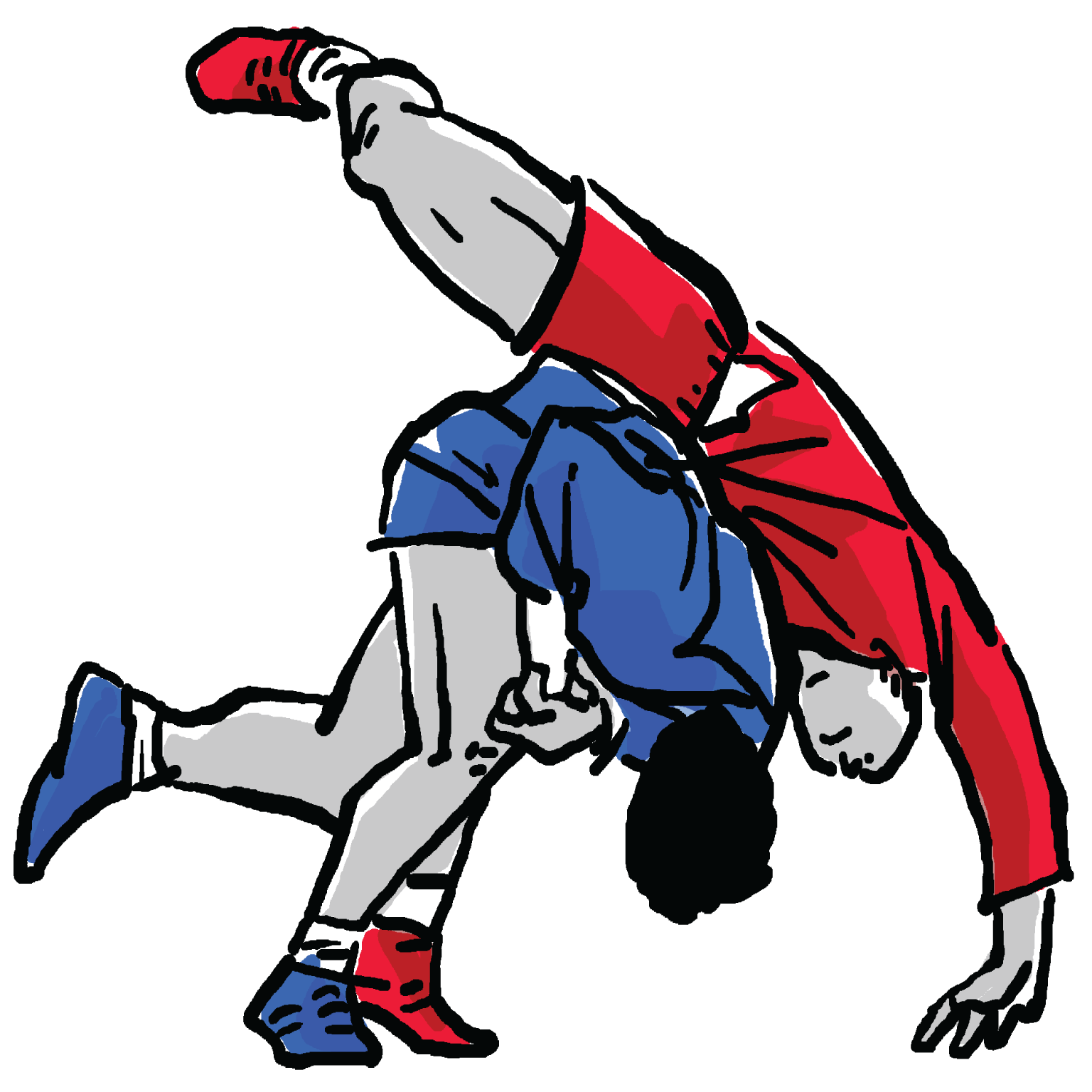
Sambo has the rather unusual distinction of being a Russian martial art. It’s not for everyone – UFC favourite Chael Sonnen famously declared that “sambo sucks” earlier this year, but several top MMA stars list sambo as an influence on their style including current lightweight champion Khabib Nurmagomedov. It’s name is derived from an acronym meaning “self-defence without weapons” and it employs a combination of wrestling, judo, jiu-jitsu and boxing. The sport variation of sambo is similar to wrestling and allows various leg locks, but no chokeholds. Its practitioners wear snazzy red or blue uniforms during combat. Sambo will be making its debut at the 2018 Asian Games as the sport gains popularity
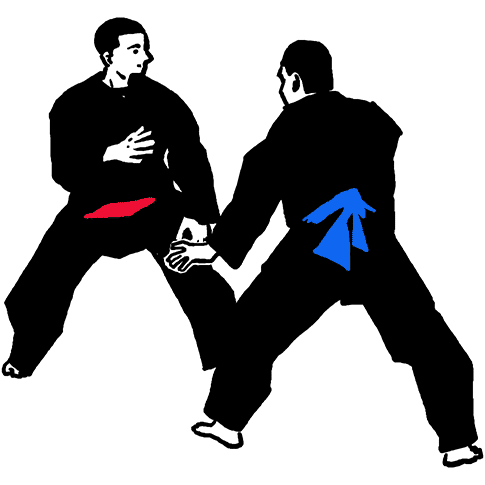
Pencak-silat is traditional Indonesian martial art form, and one that the hosts are almost certain to medal in, hence its inclusion at this year’s Games. Indonesia took advantage of its obligation to include two sports of its choosing on the roster, and picked one that not many other nations in Asia play (except for Malaysia, who will run them close for top honours and with whom there exists deep animosity when it comes to the sport). There are many, many styles of pencak-silat and there will be seven separate men’s combat categories and three for women, as well as an artistic category. The art form will be making its first appearance at the Asiad

Kabaddi is a traditional Indian sport that feels like it belongs more on the schoolyard than it does a major mass games, but it is massive on the subcontinent (a professional kabaddi super league was launched in 2014, and Hong Kong recently established a team). The main objective is to score points by “raiding” the opponent’s court and touching, tagging or wrestling as many defenders as possible without being caught. The catch? All this must be done while holding one’s breath and repeatedly chanting “kabaddi, kabaddi, kabaddi” as a way of proving the attacker isn’t sneaking a gasp of air. The sport was first introduced to the Asiad at the 1990 Games in Beijing. India have always been gold medallists in both the men’s and women’s categories, and that isn’t expected to change this year
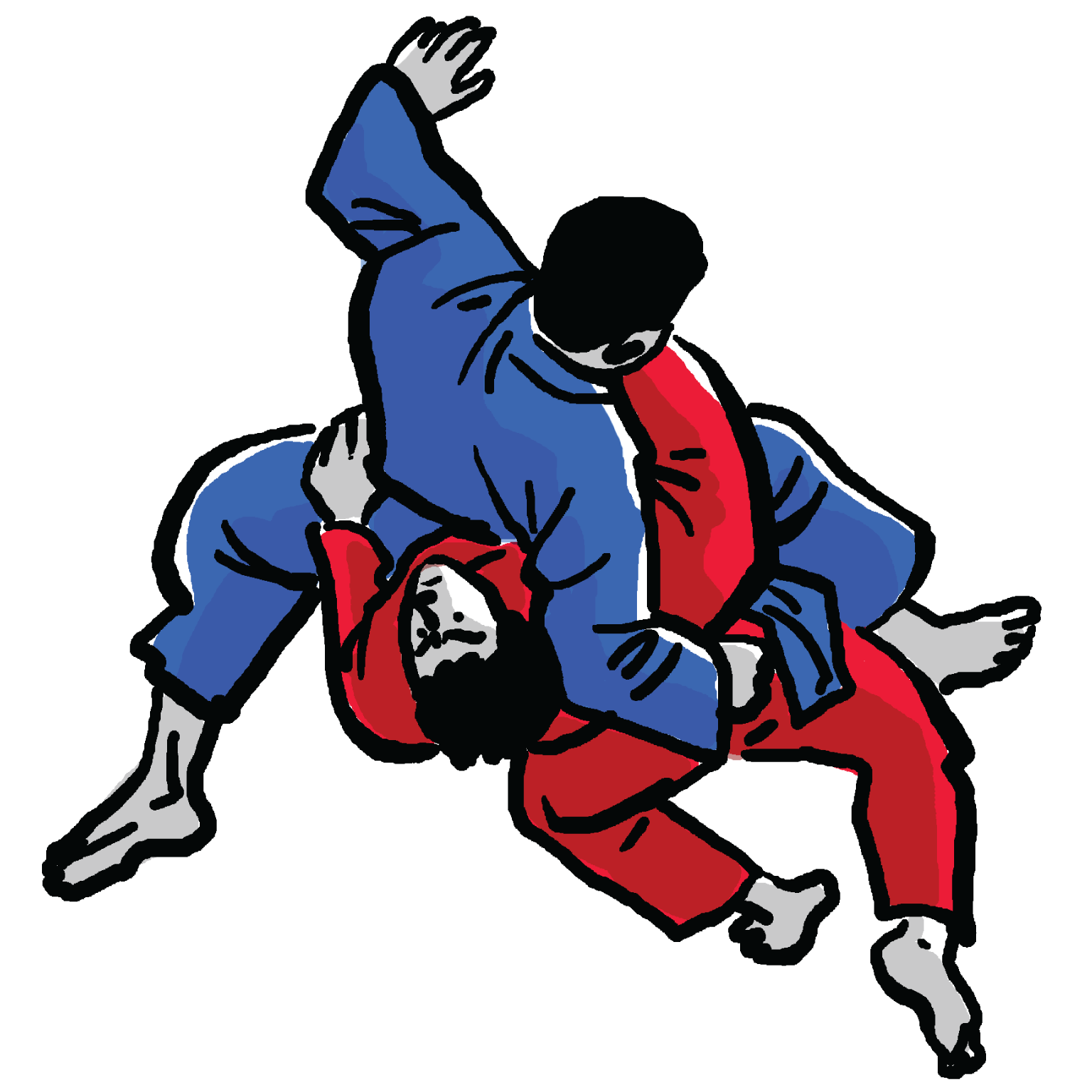
Kurash What’s good for the Russians, is also good for the Uzbeks, and so kurash, a traditional martial art form from Uzbekistan that also resembles wrestling, is also included at the Asiad for the first time. As contests go, kurash couldn’t be much simpler: two fighters face-off and proceed to grapple (in a standing position) and attempt to pull or trip each other to the ground. “Halal” is to ground your opponent flat on his back, “yambosh” is when the grounding in not quite as well controlled as a halal and so a fighter needs two yamobosh to make an halal. “Chala” is the third type of take-down, which is neither a halal, nor a yambosh, and never can it be. Got it? Simple, right? Unsurprisingly, Uzbekistan reigns glorious over the sport and can almost be guaranteed the gold in Indonesia

Sepak-Takraw might just be the most technically phenomenal sport at the Games. Imagine, if you will, a football overhead kick competition, over a volleyball net, with a rattan ball. You just dreamed up the incredible sport of sepak-takraw. A few countries lay claim to the origins of the sport, but it’s a big hit in almost all of Southeast Asia and is set to be fiercely contested in Jakarta. Each team consists of three players who secure victory by aiming an unreturnable shot into their opponent’s court, much like volleyball. Without hands. Truly a breathtaking sight

Jiu-Jitsu Surprisingly, jiu-jitsu will also make a first appearance at the Asian Games in Indonesia. Long a staple of MMA fighters, the Japanese art form is a well established combat technique and gave rise to many derivate styles including judo and Brazilian jiu-jitsu. Grappling, trapping, joint locking and holds are each a key part of jiu-jitsu. Punches and kicks are not allowed and fighters aim for a submission to win

Bridge The second of the sports Indonesia was able to add to the roster as Games hosts, bridge is classified as a “mind game” and adds to the rich tradition of such sports at the Asiad following chess, go and xiangqi. While it may not attract the throngs in Jakarta, bridge has enabled some teams to set new records for oldest Games participants. Indeed, the oldest athlete at this year’s edition is 81-year-old Malaysian bridge player Lee Hung Fong. Contract bridge will be the version contested in Jakarta and is a card game which is played by two teams of four athletes, with partners seated opposite. Needless to say, bridge is making its bow at the Asian Games. Unsurprisingly, bridge is deep-rooted in Indonesian society and the hosts are expecting to claim gold

Skateboarding is a sport that demands dexterity, agility, balance and speed. An artistic discipline, skaters are judged on their ability to perform various tricks and display techniques. Understandably popular among urban youths and another new addition to the Asian Games roster, skateboarding will consist of two events (street and park for both men and women). Skateboarding is also in line to be included at the 2020 Tokyo Olympics. All 45 competing teams were able to scour the local skate parks and put up competitors for the event. Though, only cool kids are allowed to participate

Basketball 3x3 Straight off uncountable urban basketball courts across the world, three-on-three basketball is introduced for the 2018 Asian Games, at last. The sport has officially been accepted by Fiba, though it’s been a standard version of the sport since the 1980s in the US where regular 3x3 competitions are held. Fiba itself has a 3x3 international tournament. The game is played on half of a standard court with teams taking turns to attack and then defend one basket. The game is a single period of 10 minutes with sudden death at 21 points
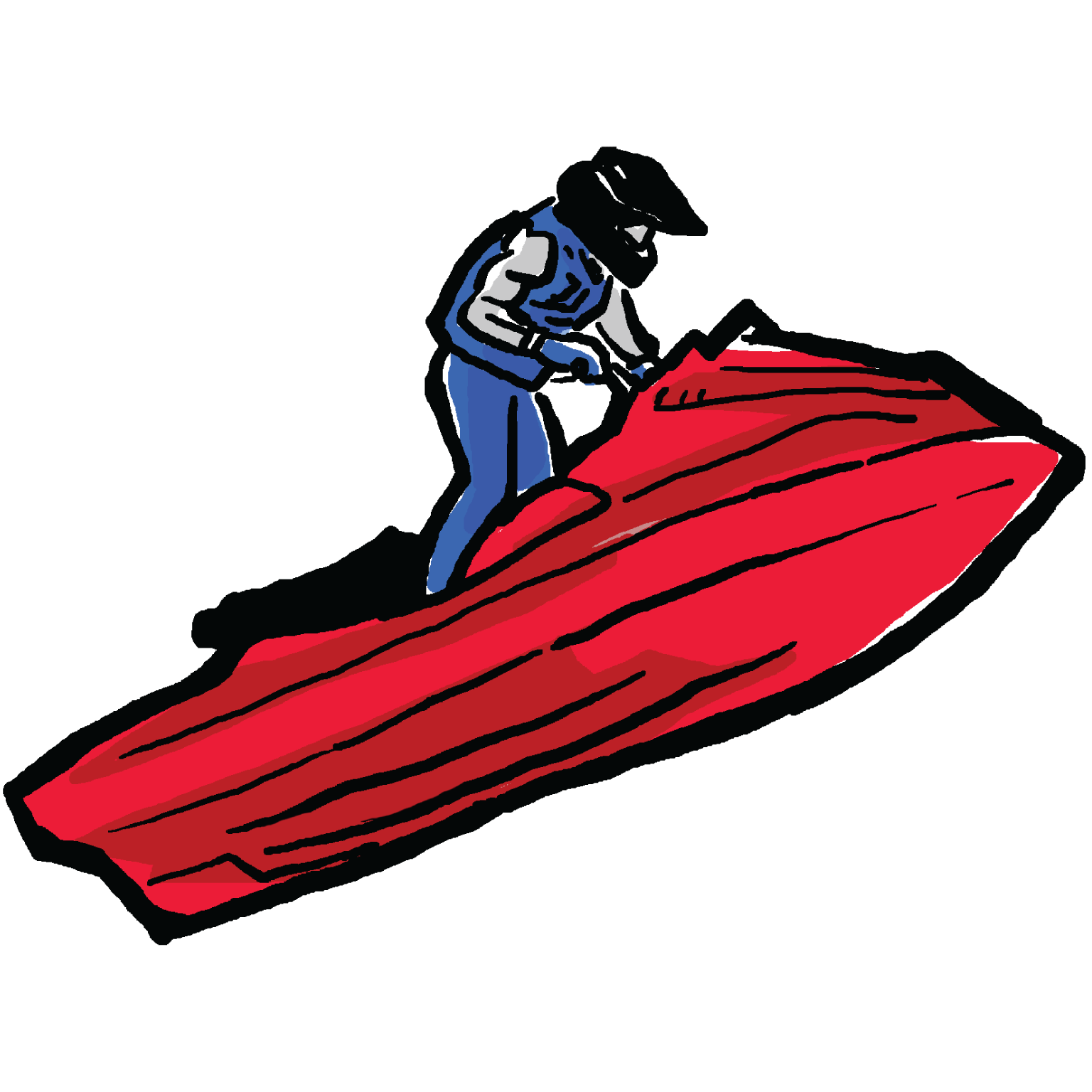
Jet ski will make its high-speed Asian Games debut in Indonesia, despite already featuring at the Asian Beach Games. There will be four events (all mixed) ranging from endurance events to technical events involving the navigation of obstacles. Jet skiing is a popular sport in the US where race meetings are televised. Forty countries will participate at Ancol Beach in Jakarta

Sport climbing Wall climbing tests a combination of strength, endurance and flexibility. Requiring accurate calculations and strategy to plan routes up the wall, one mistake can result in a nasty fall and the end of a climber’s Asian Games with them each allowed just one attempt. On it’s Asian Games debut, the sport is divided into two categories, speed climbing and bouldering. Another sport in line to make its Olympic debut in Tokyo
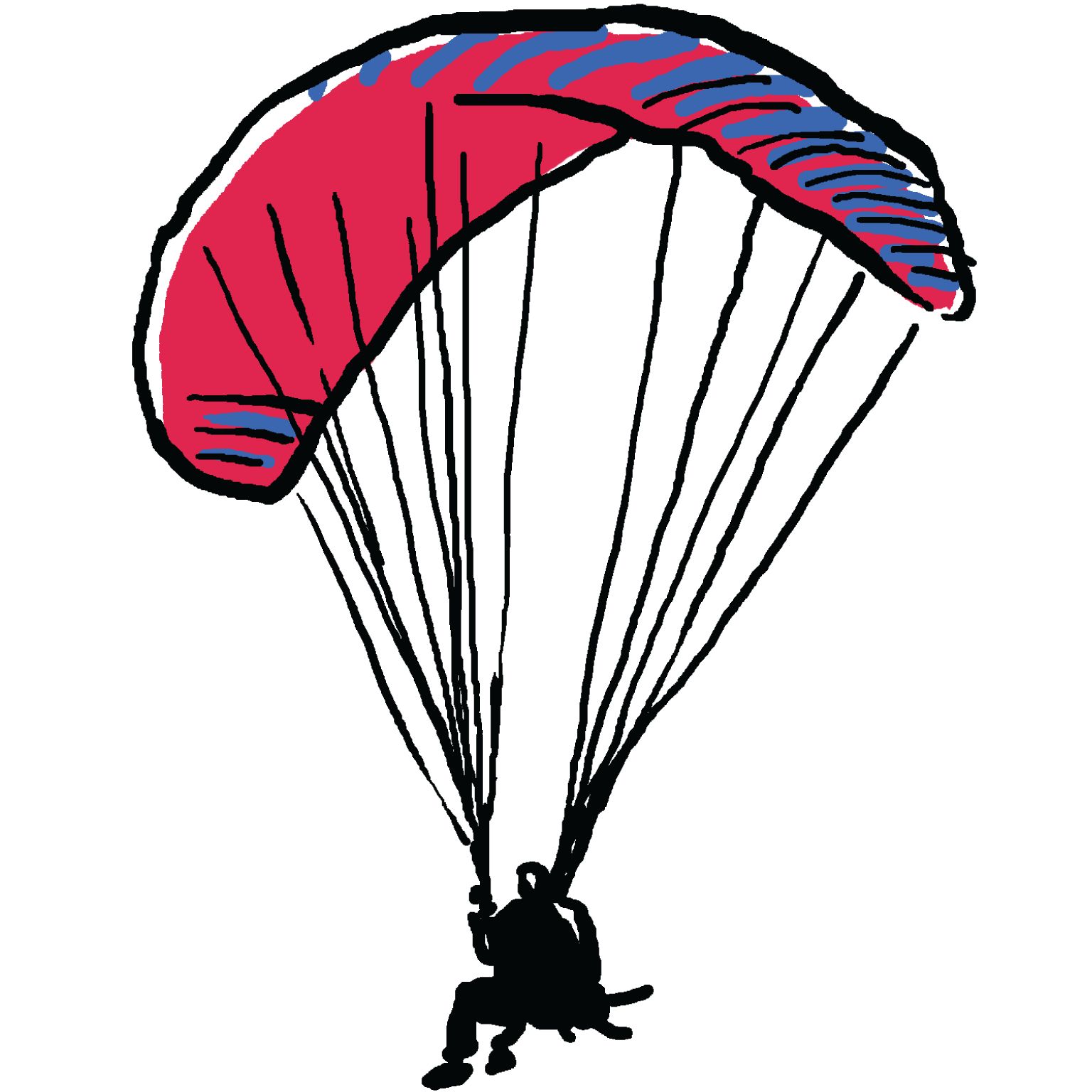
Paragliding is a recreational sport that relies heavily on the skill involved in controlling a parachute. Athletes launch themselves off a hillside from a height of 1,250 metres and navigate a 1.2-kilometre course in the accuracy event. They are judged on the accuracy of their landing on a five-metre radius landing pad. A cross-country event will also be competed in Indonesia. Typically there are three types of competition in paragliding: cross-country, accuracy, and bivouac (fly-ultra). However, on its Asian Games debut, there will be men’s and women’s versions of just two of those. There will also be a team event
-
❯
-
❮